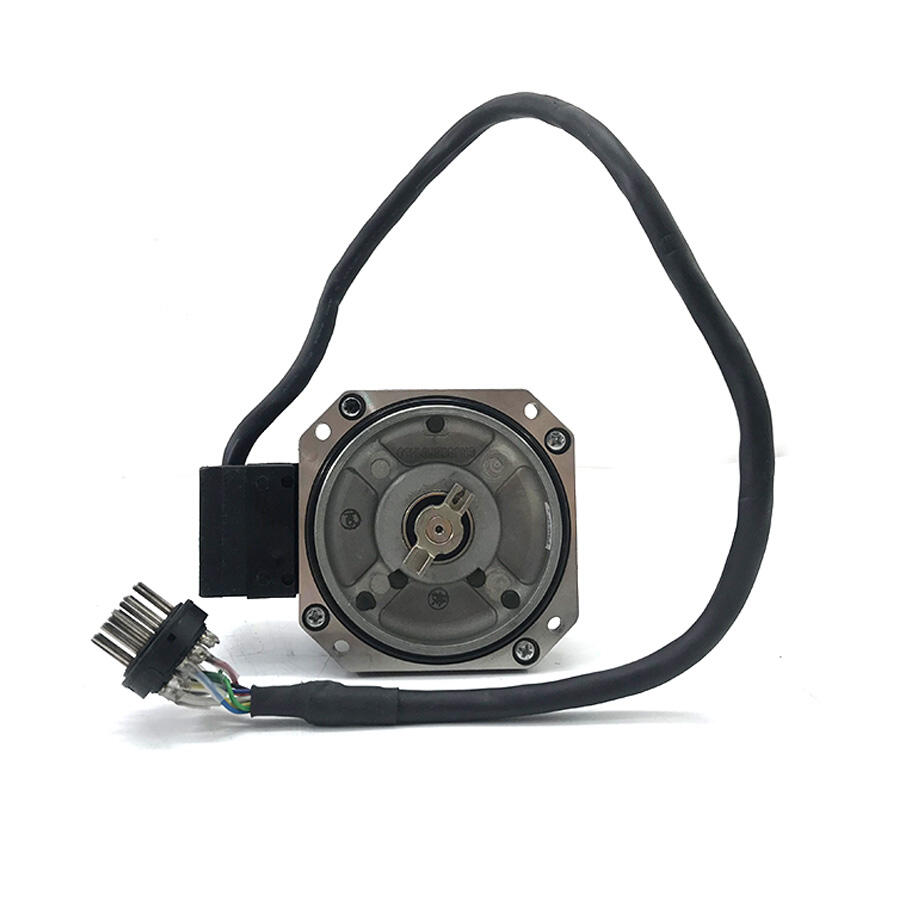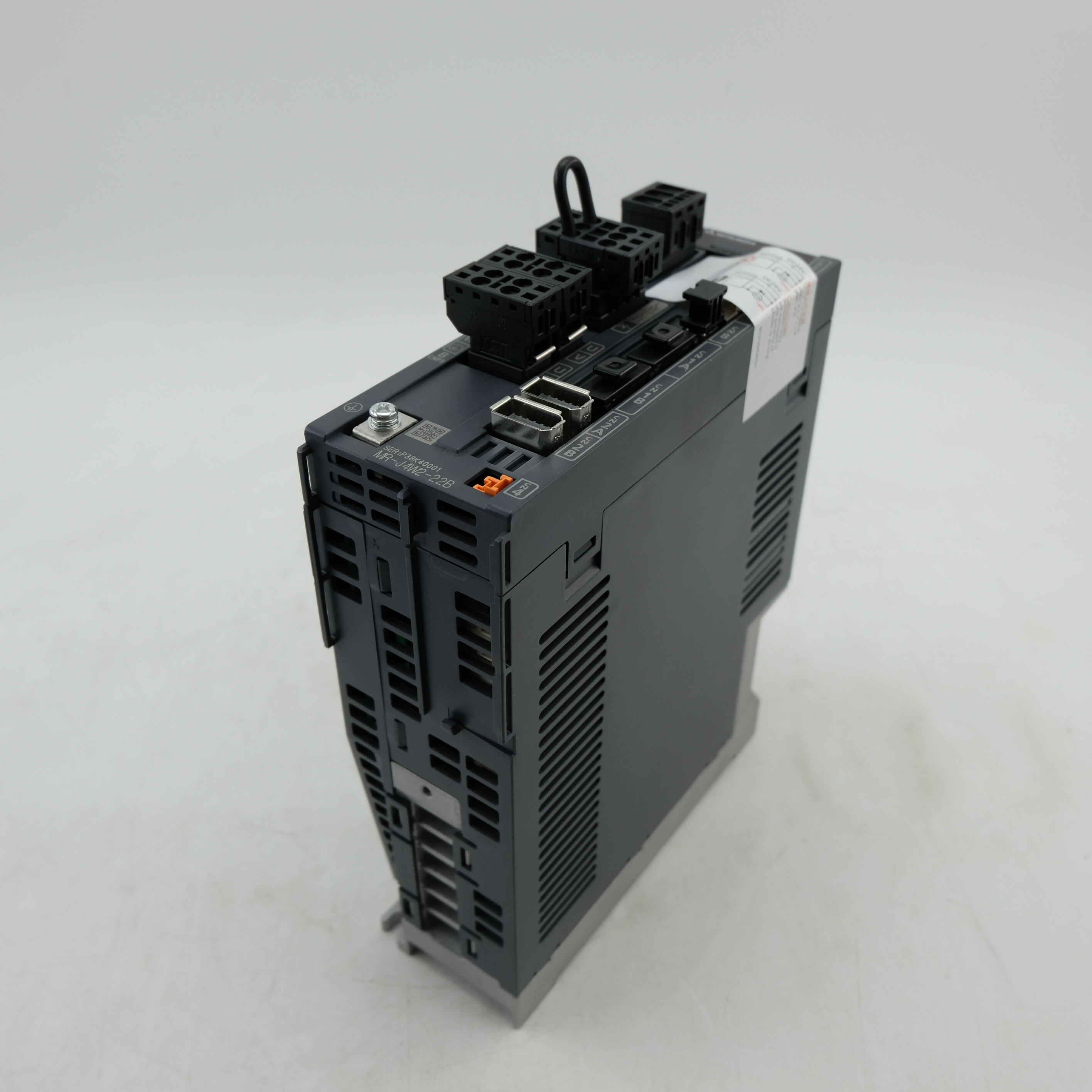Understanding Variable Frequency Drive Technology in Modern Industry
Variable Frequency Drives (VFDs) have revolutionized motor control and energy efficiency across diverse industrial applications. These sophisticated electronic devices control AC motor speed and torque by varying motor input frequency and voltage, enabling unprecedented levels of operational precision and energy savings. In today's competitive industrial landscape, where energy costs and environmental considerations are paramount, VFD motor efficiency has become a cornerstone of sustainable manufacturing and process optimization.
The impact of VFD technology extends far beyond simple speed control. By precisely matching motor output to actual load requirements, VFDs eliminate energy waste associated with traditional fixed-speed operations. This intelligent power management approach has transformed everything from HVAC systems to industrial production lines, delivering both environmental and economic benefits to organizations worldwide.

Core Components and Operating Principles of VFD Systems
Essential VFD Components and Their Functions
The architecture of a VFD system comprises several critical components working in harmony. At its heart, the rectifier section converts incoming AC power to DC, while the DC bus maintains stable voltage levels. The inverter section then converts this DC power back to variable frequency AC output. Advanced control circuits and microprocessors manage these operations, ensuring precise motor control and optimal VFD motor efficiency in real-time.
Modern VFDs also incorporate sophisticated protection features, including overcurrent protection, thermal monitoring, and emergency stop capabilities. These safeguards not only protect valuable equipment but also contribute to extended motor life and reduced maintenance requirements.
Operating Principles and Control Mechanisms
VFD systems operate on the principle of variable frequency control, adjusting both voltage and frequency to maintain optimal motor magnetization. This relationship, known as the volts-per-hertz ratio, ensures consistent torque output across varying speeds. The ability to precisely control these parameters enables VFDs to achieve remarkable VFD motor efficiency levels in applications requiring variable speed or torque.
Advanced control algorithms within VFDs continuously monitor and adjust operating parameters based on load conditions, ambient temperature, and other environmental factors. This dynamic response capability ensures optimal performance while minimizing energy consumption under all operating conditions.
Industry-Specific Applications and Benefits
Manufacturing and Production Facilities
In manufacturing environments, VFD motor efficiency improvements have transformed production capabilities. Conveyor systems, for instance, can now operate at variable speeds to match production flow, eliminating energy waste during periods of reduced demand. Similarly, machine tools equipped with VFDs achieve precise speed control while consuming only the power necessary for each specific operation.
Production facilities utilizing VFDs report significant reductions in peak power demands and overall energy consumption. The ability to soft-start heavy machinery also reduces mechanical stress and extends equipment life, contributing to lower maintenance costs and improved reliability.
HVAC and Building Systems
The HVAC industry has embraced VFD technology as a cornerstone of modern building management. By modulating fan and pump speeds based on actual demand, VFD-equipped HVAC systems maintain precise temperature and humidity control while minimizing energy consumption. This application of VFD motor efficiency principles has revolutionized building energy management, often reducing HVAC energy costs by 30-50%.
Beyond energy savings, VFD-controlled HVAC systems provide superior comfort through precise environmental control. The elimination of abrupt motor starts and stops also reduces wear on mechanical components and extends system life.
Energy Savings and ROI Considerations
Calculating Energy Savings Potential
The energy savings potential of VFD systems is based on the affinity laws governing centrifugal loads. These mathematical relationships demonstrate that even small reductions in motor speed can yield significant energy savings. For example, a 20% reduction in fan speed can result in nearly 50% energy savings, showcasing the dramatic impact of VFD motor efficiency improvements.
Organizations implementing VFD systems typically conduct detailed energy audits to quantify potential savings. These assessments consider factors such as load profiles, operating hours, and local energy costs to develop accurate ROI projections and optimization strategies.
Implementation Costs and Payback Analysis
While the initial investment in VFD technology may seem substantial, the payback period is often remarkably short. Most installations achieve full cost recovery within 6-24 months, depending on application and usage patterns. The long-term financial benefits extend beyond direct energy savings to include reduced maintenance costs, improved process control, and extended equipment life.
Advanced monitoring systems can track and verify VFD motor efficiency improvements, providing concrete data on energy savings and system performance. This information proves invaluable for ongoing optimization and future investment decisions.
Maintenance and Optimization Strategies
Preventive Maintenance Protocols
Maintaining optimal VFD performance requires a structured approach to preventive maintenance. Regular inspections of cooling systems, electrical connections, and environmental conditions help ensure consistent VFD motor efficiency. Monitoring key parameters such as DC bus voltage, output current, and temperature provides early warning of potential issues.
Documentation of maintenance activities and performance trends enables proactive intervention before problems develop. This approach minimizes downtime and maintains peak efficiency levels throughout the system's operational life.
Performance Optimization Techniques
Continuous optimization of VFD systems involves regular assessment and adjustment of operating parameters. Advanced monitoring tools can identify opportunities for improved VFD motor efficiency through fine-tuning of acceleration rates, deceleration curves, and voltage boost settings. Regular calibration of sensors and feedback devices ensures accurate system response to changing load conditions.
Integration with building management systems or industrial control networks enables coordinated optimization across multiple VFD units, maximizing overall system efficiency and performance.
Frequently Asked Questions
What are the primary factors affecting VFD motor efficiency?
VFD motor efficiency is influenced by several key factors, including motor size and type, load characteristics, operating speed range, and environmental conditions. The quality of power supply, proper sizing of components, and regular maintenance also play crucial roles in maintaining optimal efficiency levels.
How do VFDs contribute to reduced maintenance costs?
VFDs reduce maintenance costs by providing soft start capabilities, eliminating mechanical stress during motor startup, and allowing precise control of motor speed and torque. This results in less wear on bearings, belts, and other mechanical components, leading to extended equipment life and reduced maintenance requirements.
What is the typical lifespan of a VFD system?
With proper maintenance and operating conditions, modern VFD systems typically last 15-20 years. However, actual lifespan can vary based on factors such as operating environment, load conditions, and maintenance practices. Regular maintenance and appropriate environmental controls can significantly extend system life.

